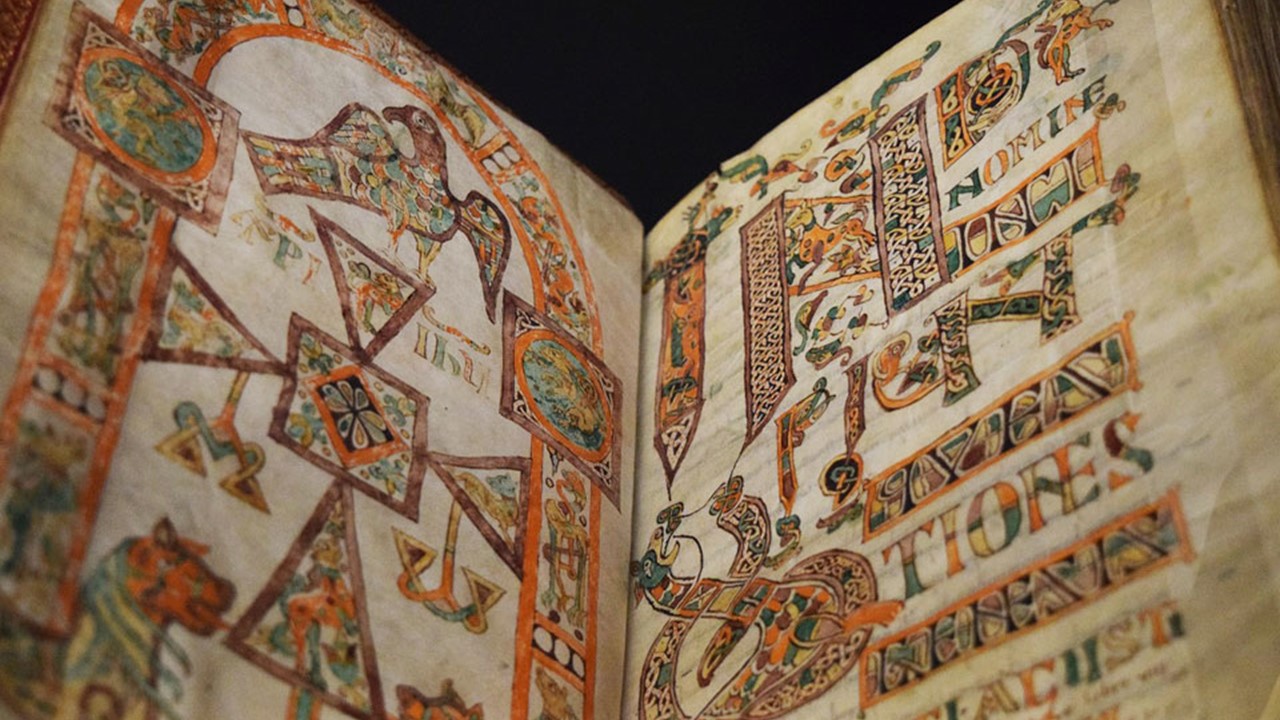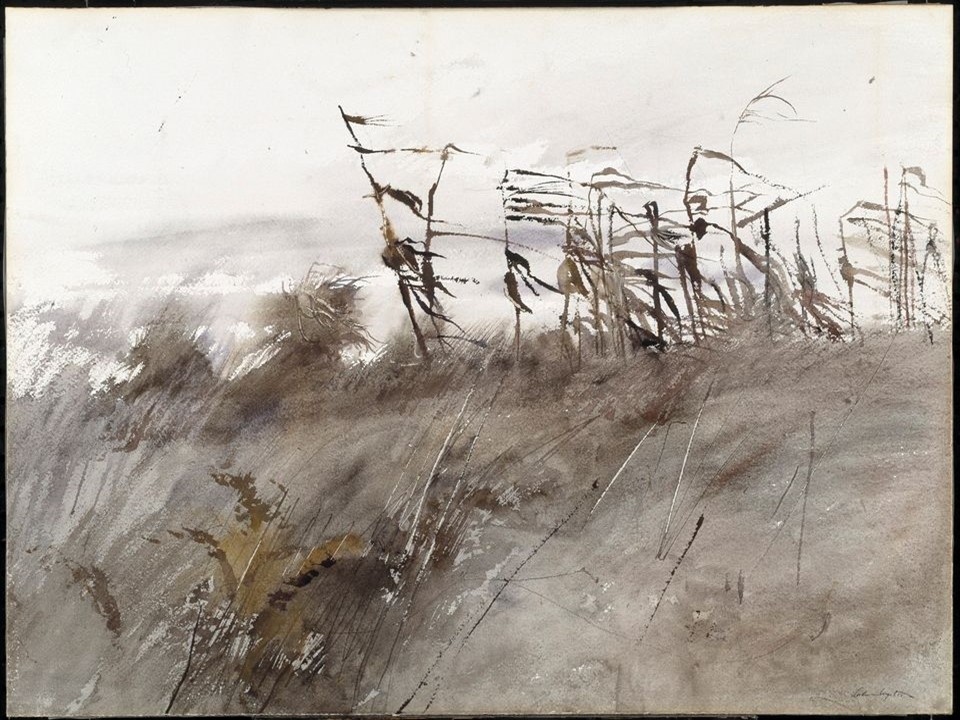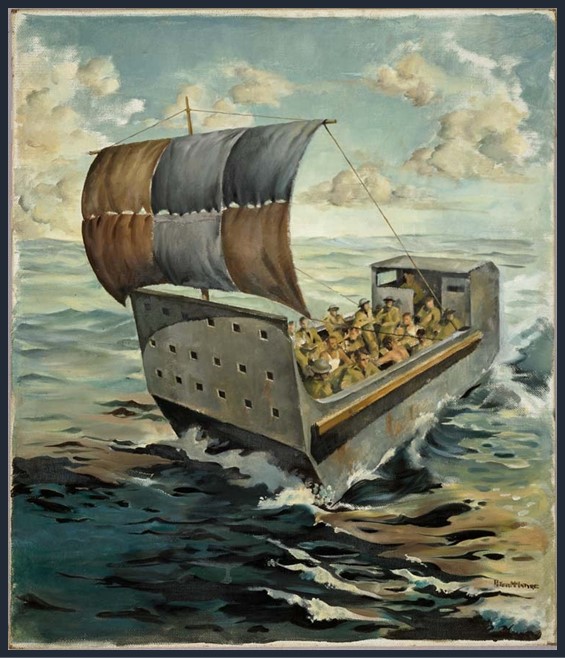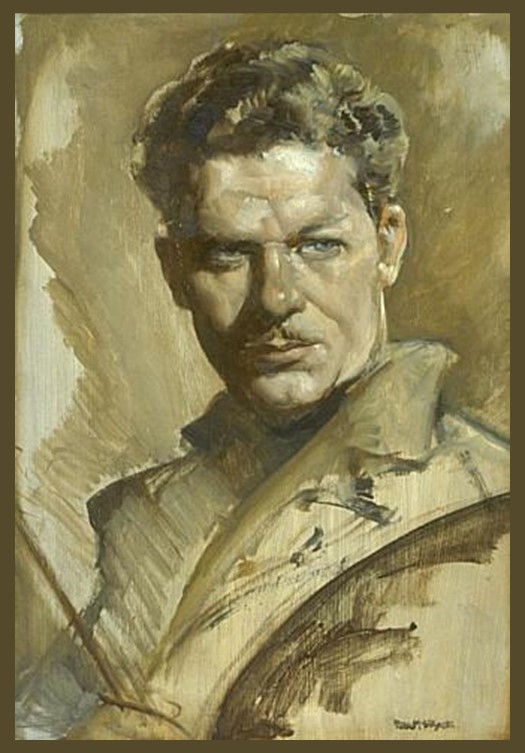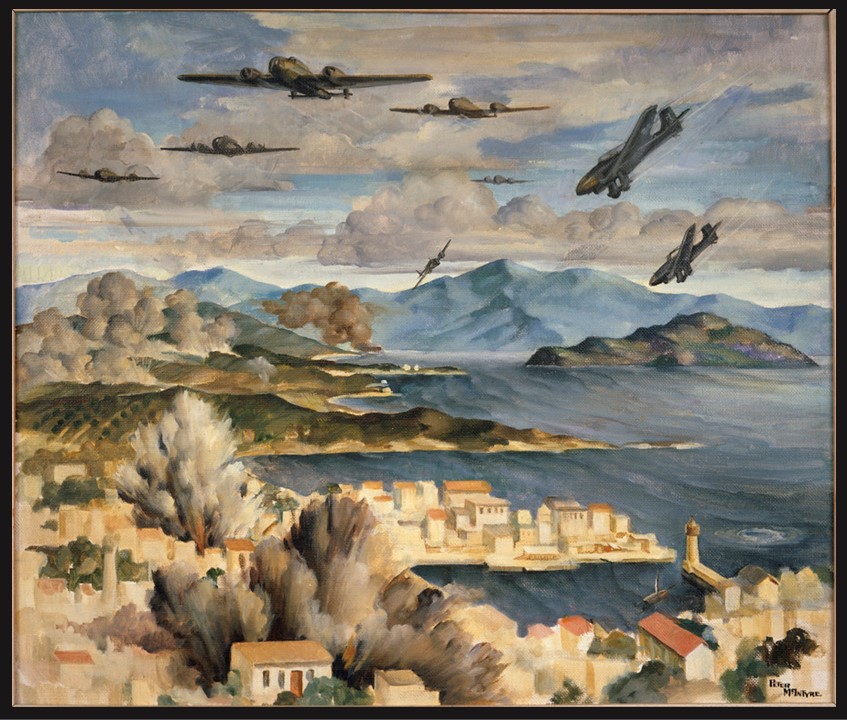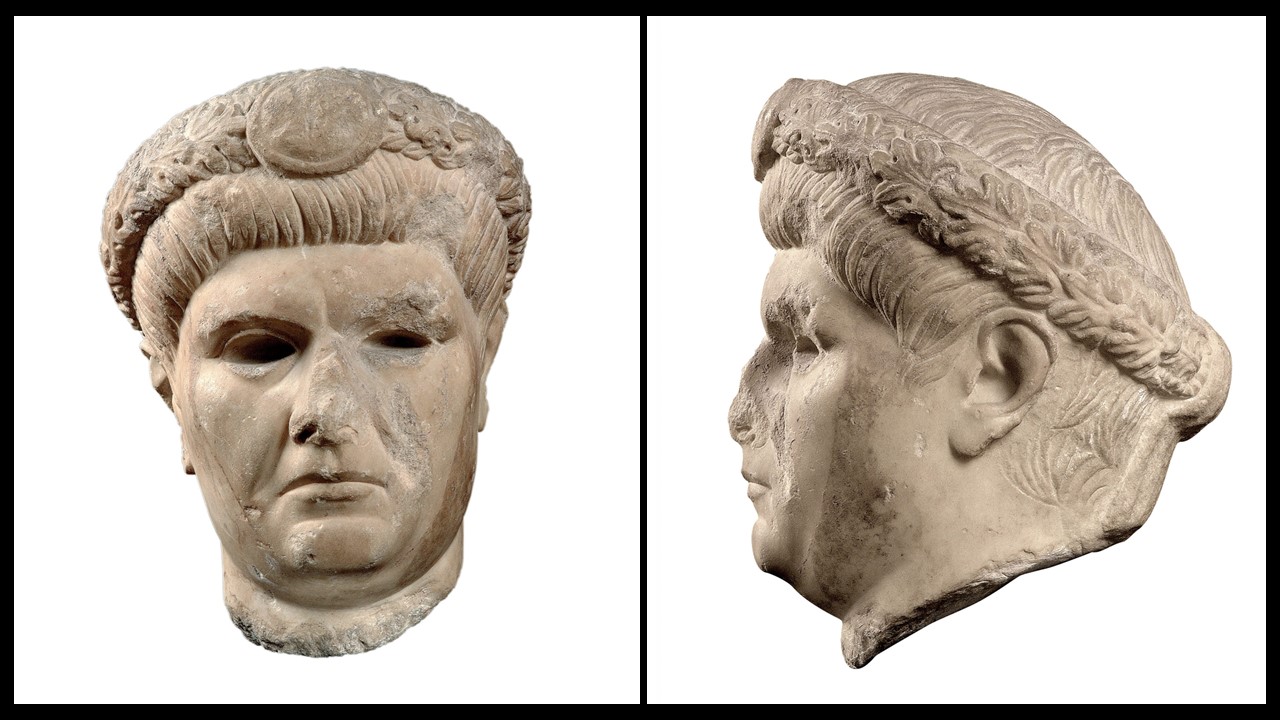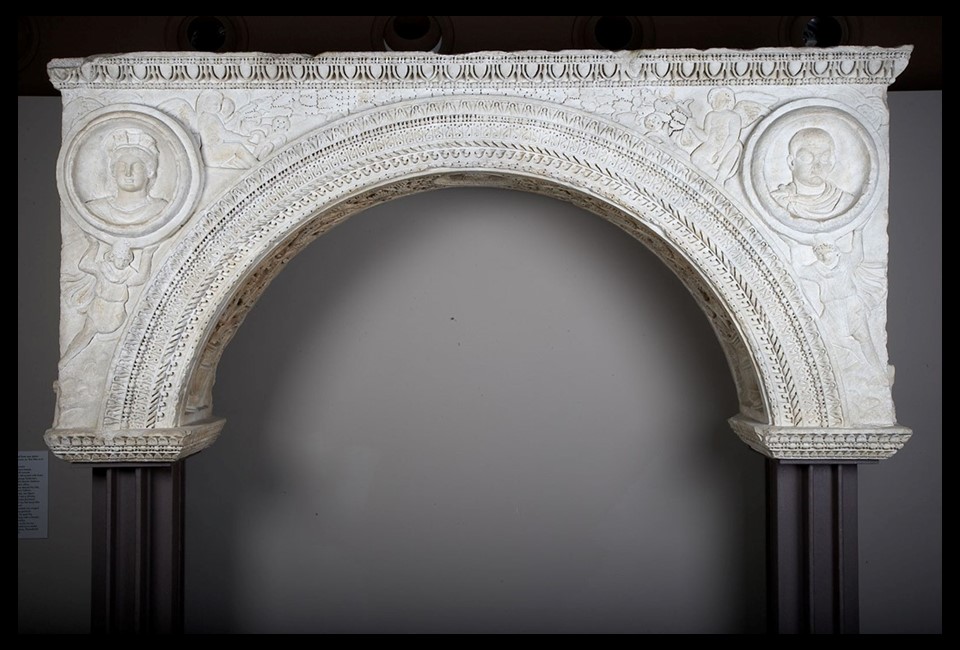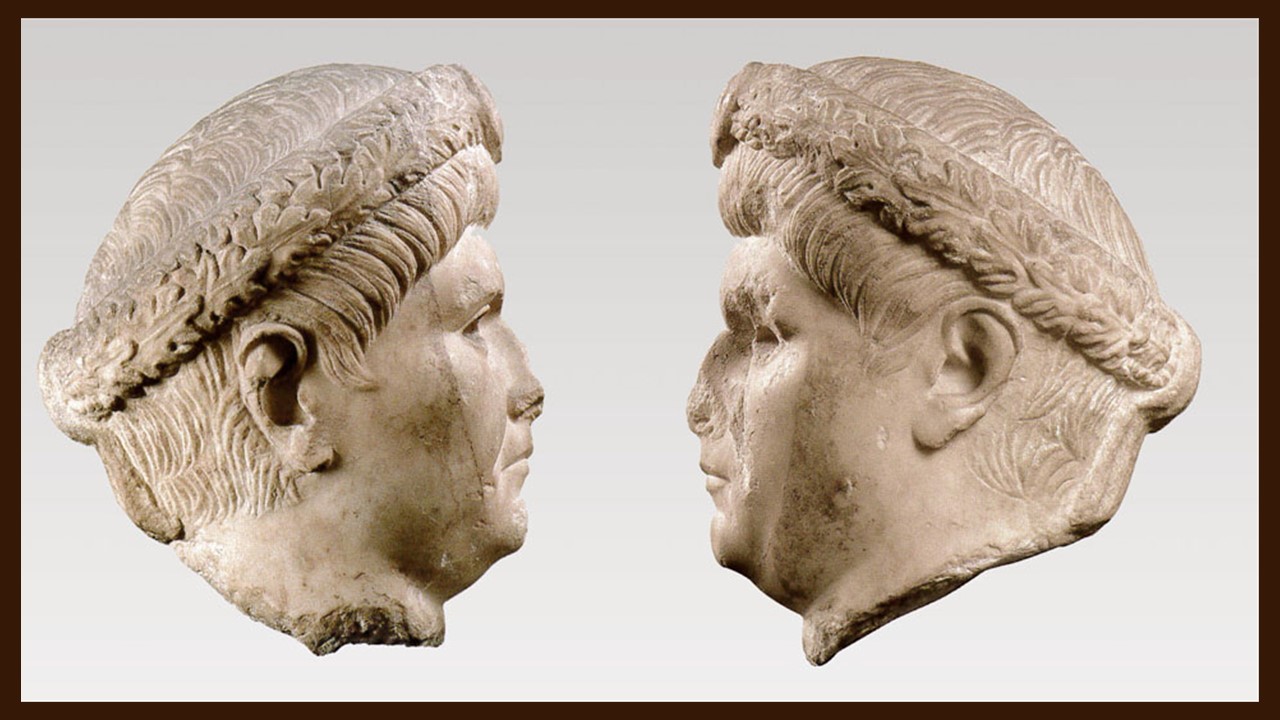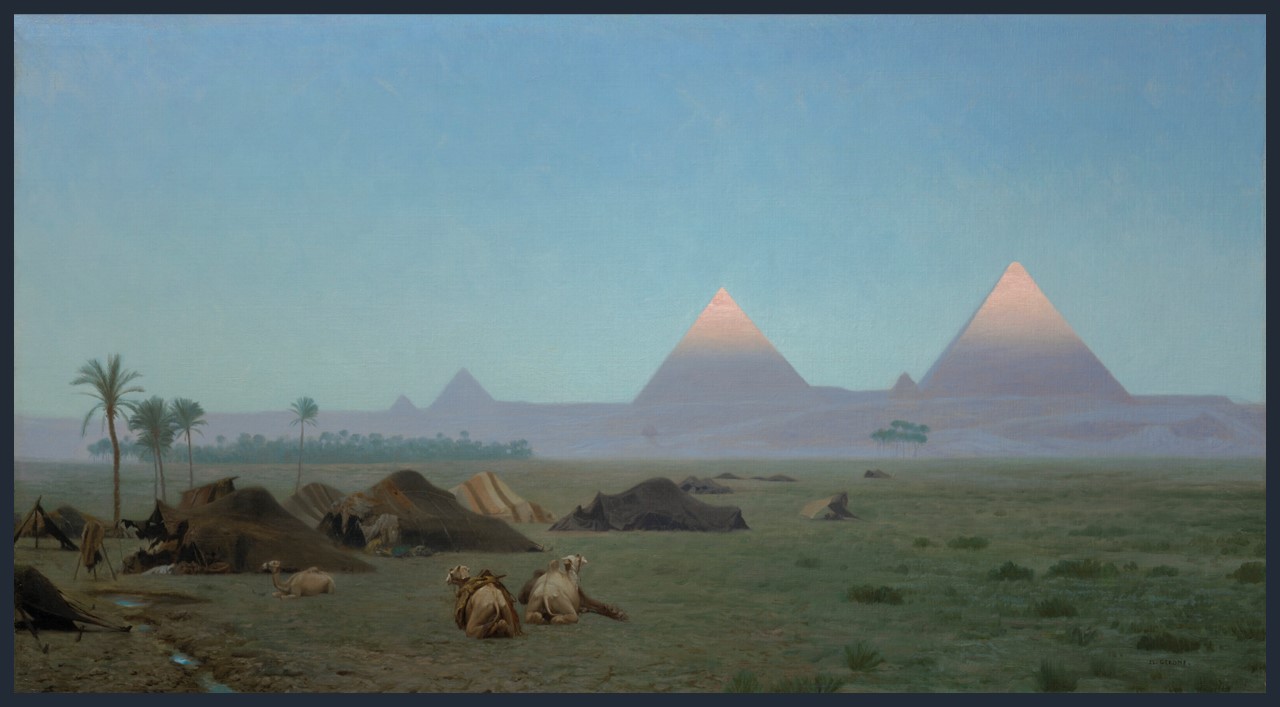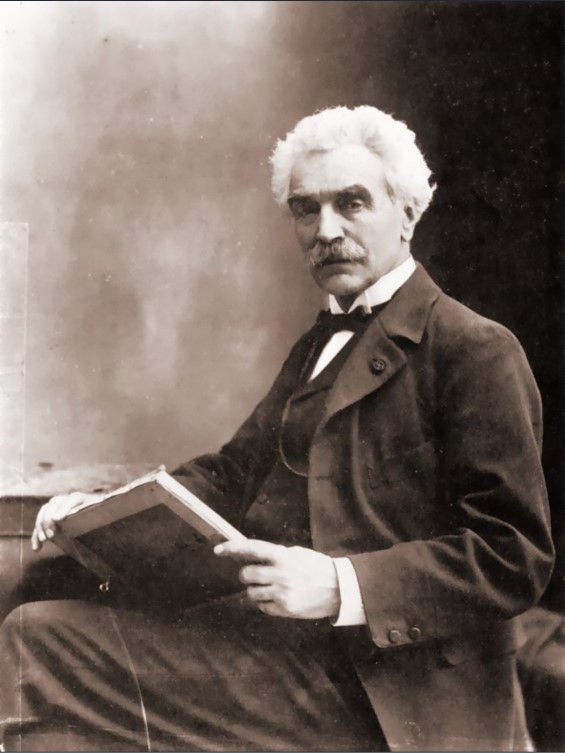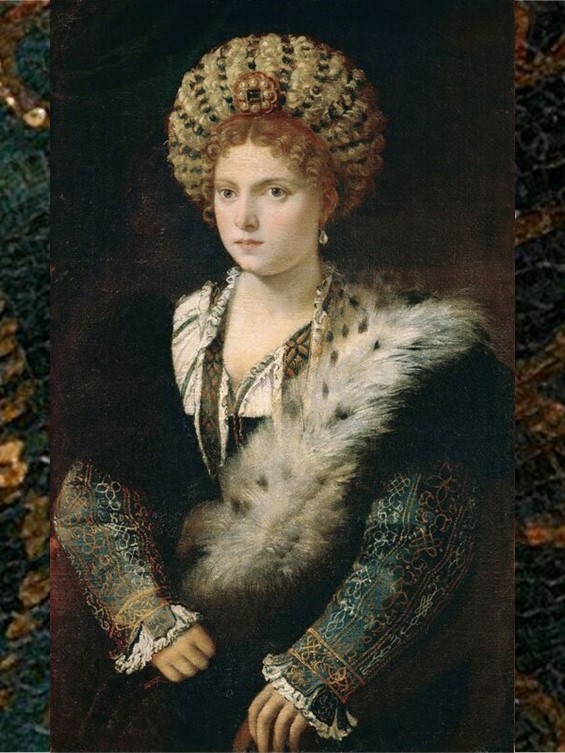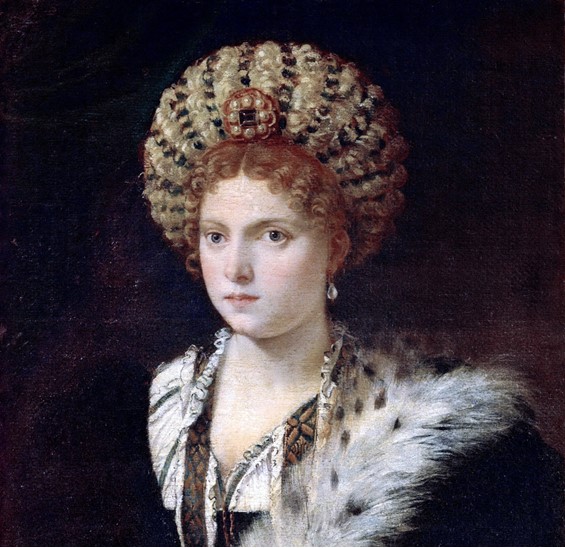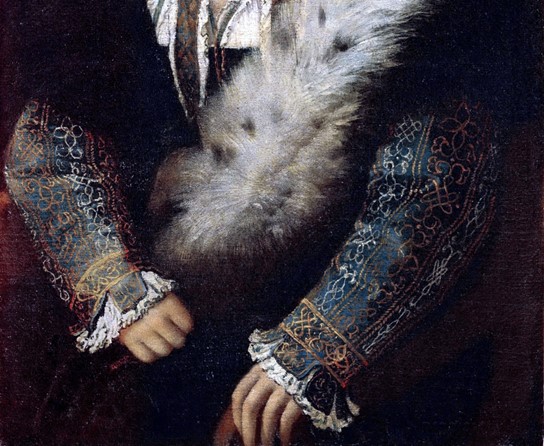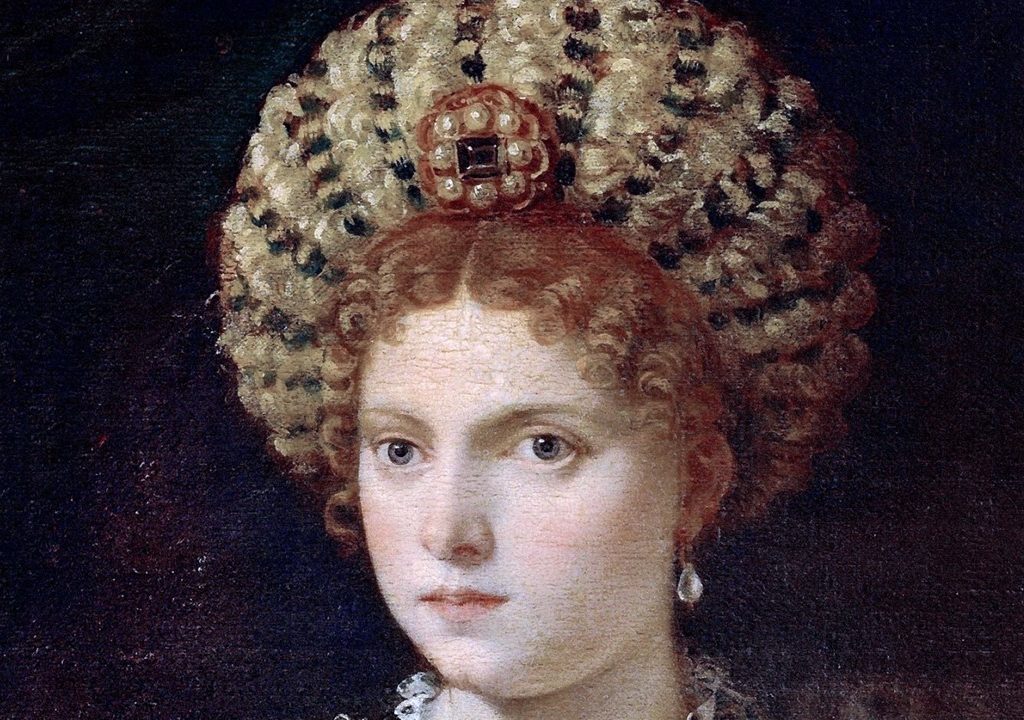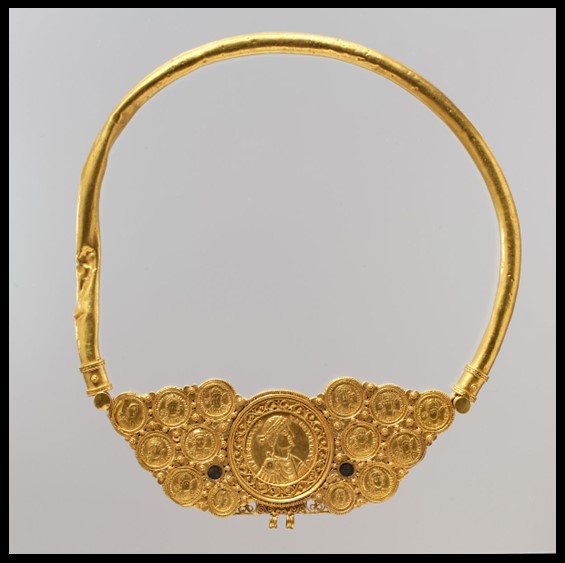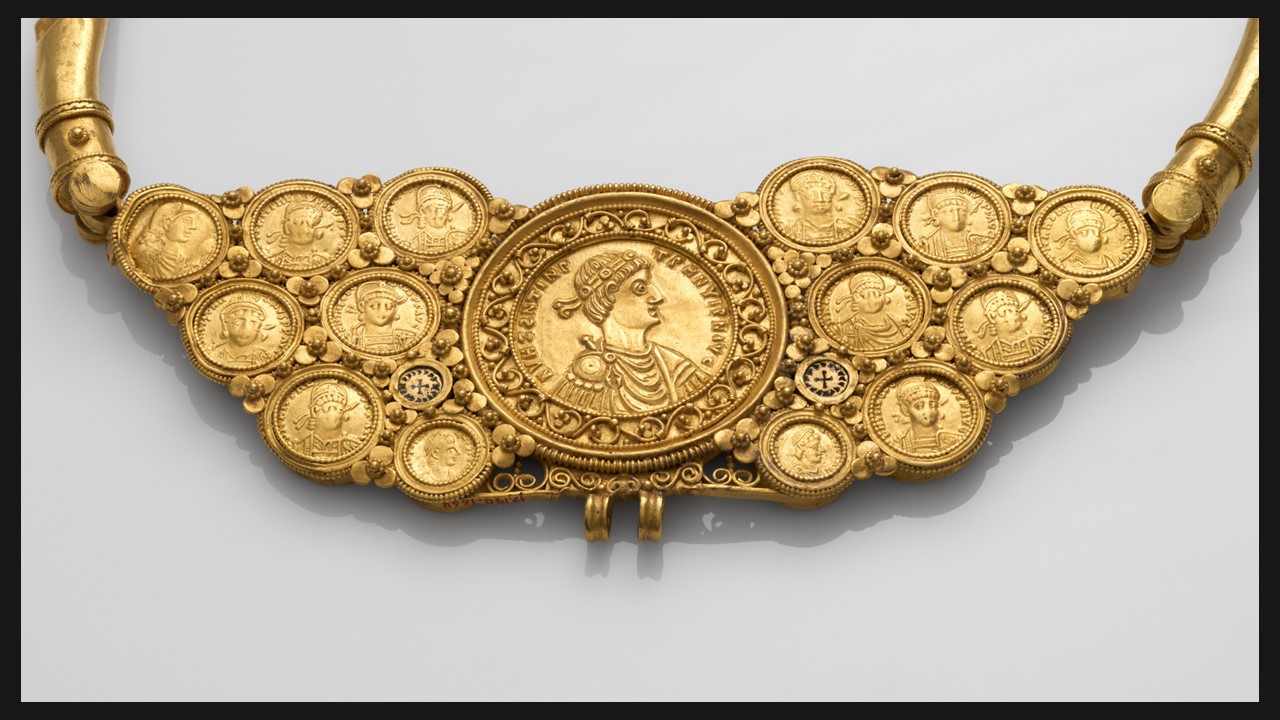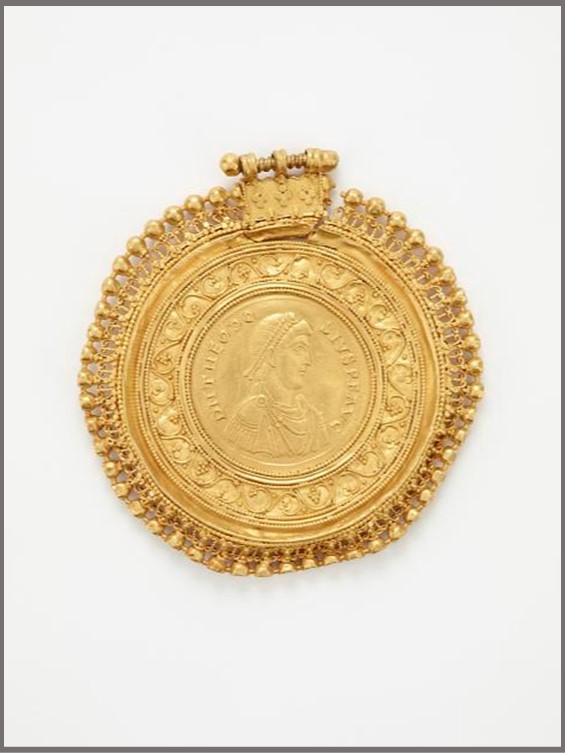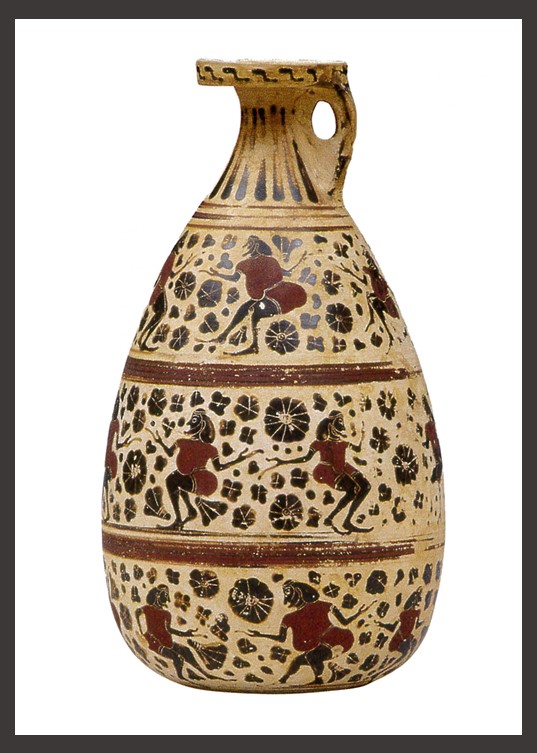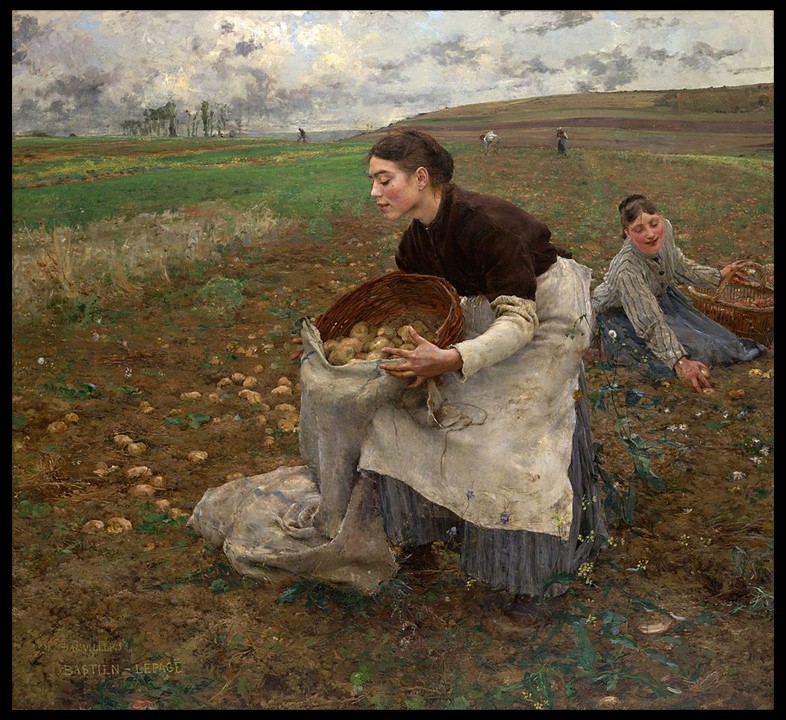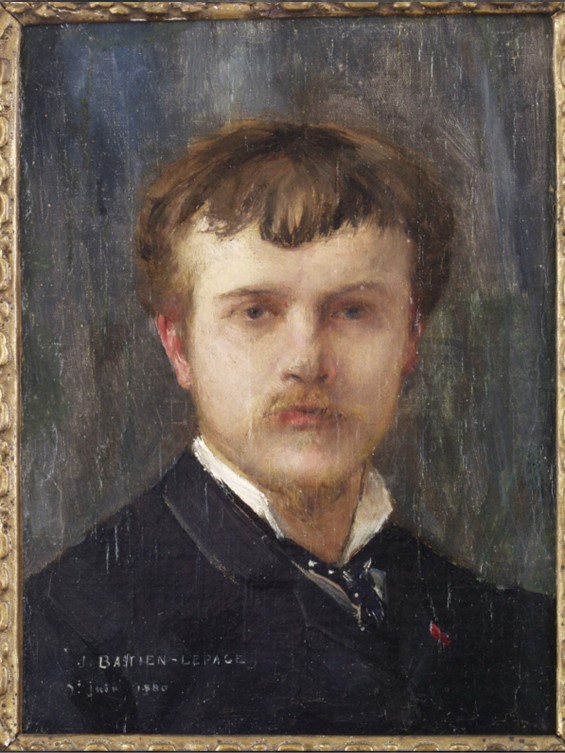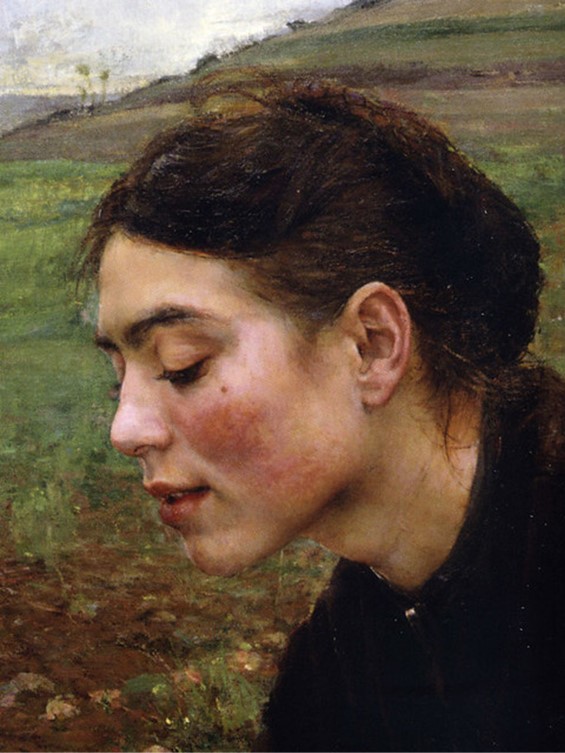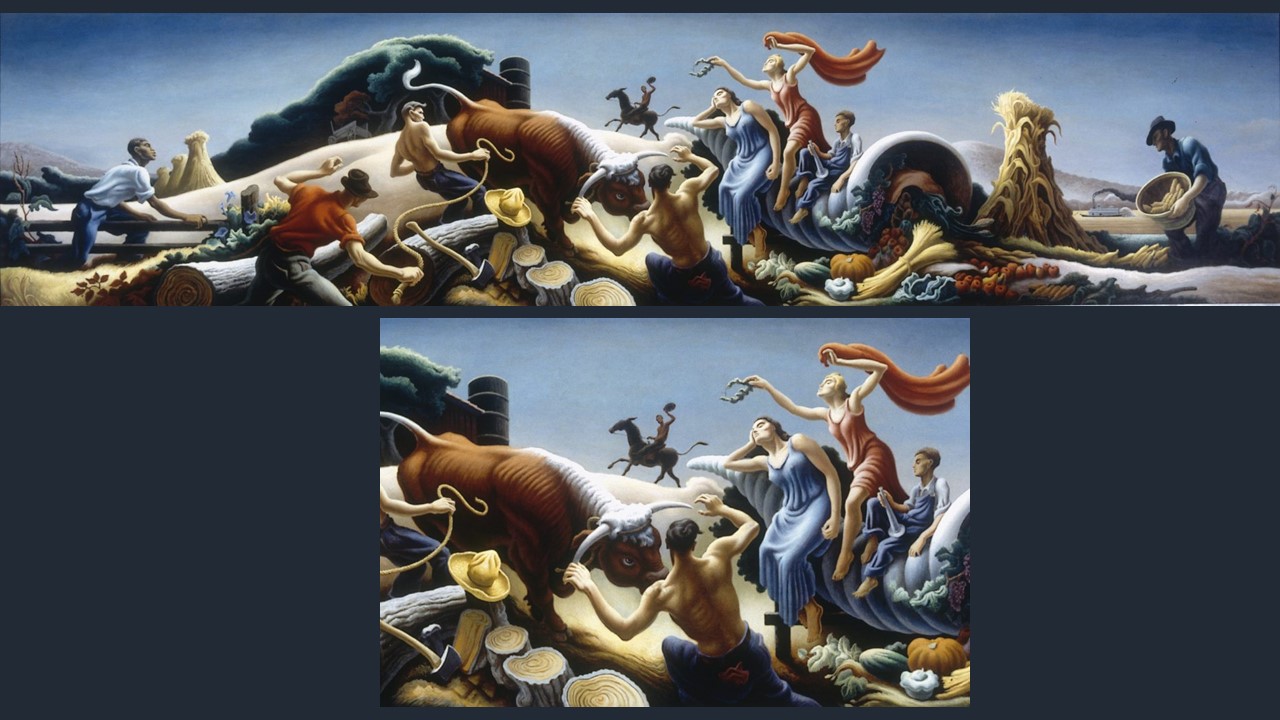
Achelous and Hercules (and detail), 1947, Tempera and Oil on Canvas mounted on plywood, 159.6 x 671.0 cm, Smithsonian American Art Museum, Washington DC, USA https://narrativepainting.net/thomas-hart-benton-achelous-and-hercules-1947/
The myth of the fight between Achelous and Hercules is a captivating tale from Greek mythology. In this legend, Achelous, an ancient Greek river god, transforms into various shapes during his battle with Hercules in an attempt to defeat the hero and win the hand of Deianira, the beautiful Calydonian princess. Despite his shapeshifting abilities, Achelous is ultimately outmatched by Hercules, who manages to break off one of the river god’s horns. This horn becomes the Cornucopia, or the “Horn of Plenty,” symbolizing abundance and nourishment. The myth highlights Hercules’ strength and resourcefulness, as well as the enduring theme of divine contests and transformations in Greek mythology.
Ovid’s narrative in Book 9 of the Metamorphoses provides a detailed account of this myth, including the transformations of Achelous and his fateful battle with Hercules. Who wants to recall the battles he has lost? The great river God tells Theseus, the Athenian hero… But, I will tell it as it happened: since the shame of being beaten is no less than the honour of having fought. It is a great consolation to me that the victor was so famous… Ovid, a prominent Roman poet who lived during the 1st century BC, is known for his retelling of various Greek and Roman myths. He became famous and influential in preserving and popularizing these ancient stories. https://ovid.lib.virginia.edu/trans/Metamorph9.htm#483366540
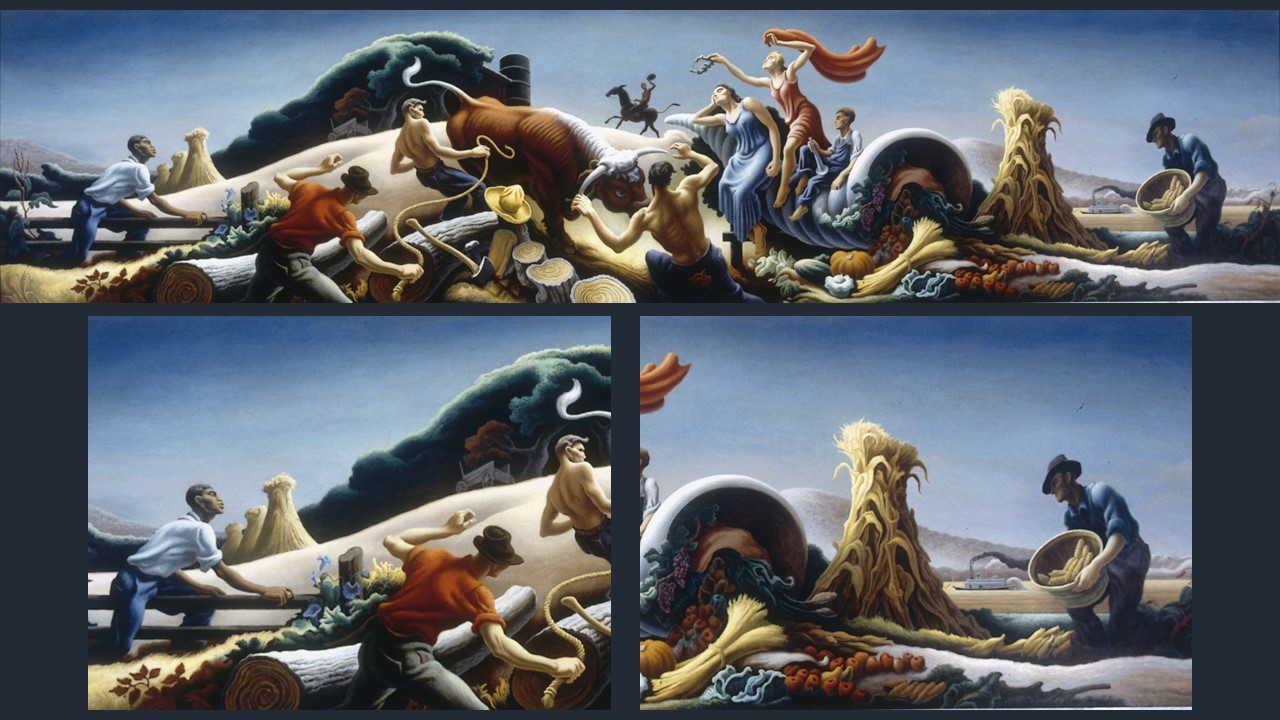
Achelous and Hercules (and details), 1947, Tempera and Oil on Canvas mounted on plywood, 159.6 x 671.0 cm, Smithsonian American Art Museum, Washington DC, USA https://narrativepainting.net/thomas-hart-benton-achelous-and-hercules-1947/
In 1947 American artist Thomas Hart Benton was hired by Lester Siegel Sr., proprietor of Kansas City’s Harzfeld department store, to decorate the wall above the store’s elevator area. Benton settled on a retelling of the Achelous and Hercules myth from ancient Greece, setting it in present-day Missouri. The artist viewed this legend as a parable of his beloved Midwest. The Army Corps of Engineers had begun, at the time, efforts to control the Missouri River, and Benton imagined, and depicted, a future where the waterway was tamed, and the earth swelled with robust harvests. https://ovid.lib.virginia.edu/trans/Metamorph9.htm#483366540 and https://narrativepainting.net/thomas-hart-benton-achelous-and-hercules-1947/
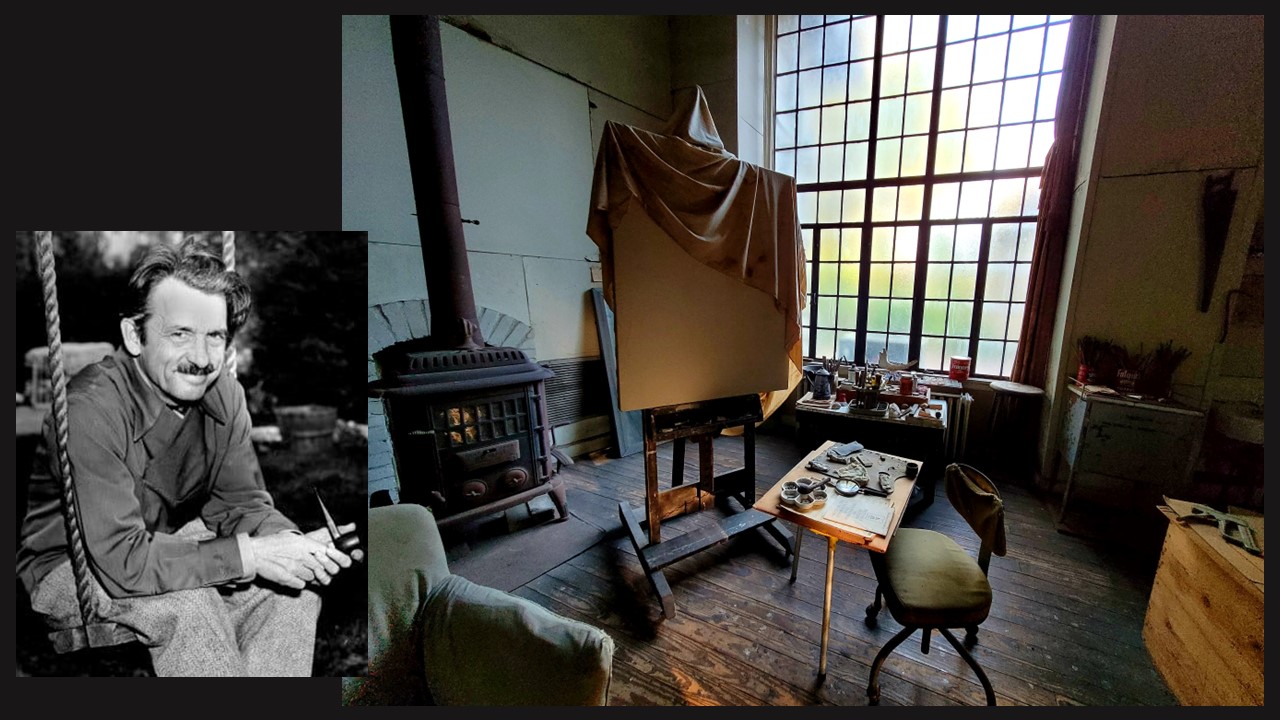
The artwork features a dynamic and muscular Hercules wrestling Achelous, who is depicted as a ferocious bull. Benton’s composition is characterized by bold, exaggerated forms and a strong sense of movement, which is a hallmark of his unique approach to storytelling through art. This painting is a prime example of the artist’s ability to fuse classical themes with the American experience, creating a powerful and visually compelling narrative.
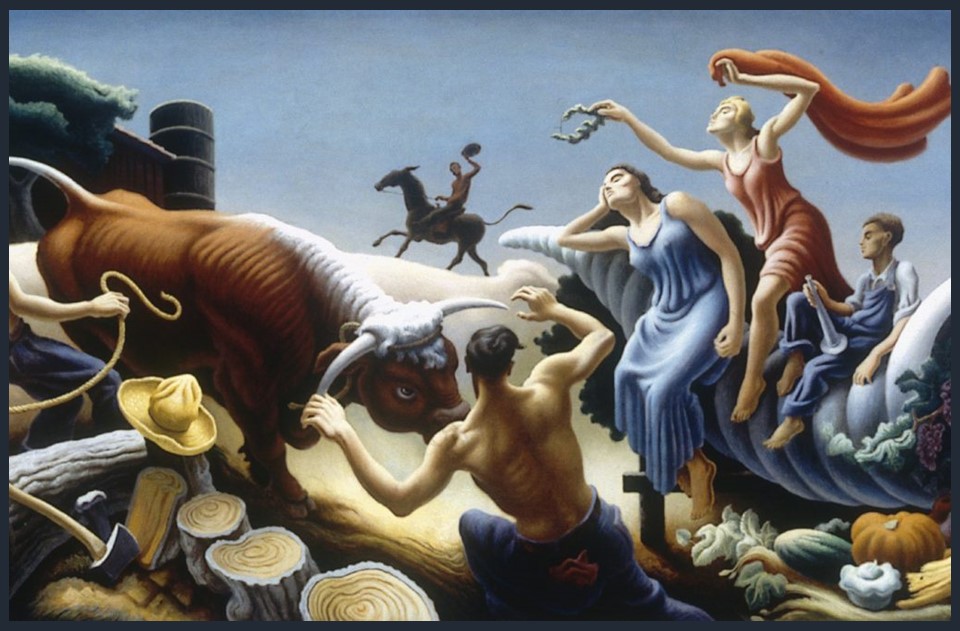
Achelous and Hercules (detail), 1947, Tempera and Oil on Canvas mounted on plywood, 159.6 x 671.0 cm, Smithsonian American Art Museum, Washington DC, USA https://narrativepainting.net/thomas-hart-benton-achelous-and-hercules-1947/
In Achelous and Hercules, Benton not only showcases his technical prowess but also his deep appreciation for the human struggle and the mythological underpinnings that resonate with American themes of strength and determination. The painting stands as a testament to Benton’s skill in merging classical and contemporary elements, and it remains a significant piece in the realm of American art history.
Thomas Hart Benton was a prominent American artist known for his contributions to the American Regionalist movement in the early to mid-20th century. Born in Neosho, Missouri, in 1889, Benton’s work is characterized by its celebration of everyday life in rural America. He was a master of capturing the essence of the American heartland through his vivid and dynamic paintings, often depicting scenes of farmers, laborers, and small-town life. Benton’s art not only showcased his exceptional technical skill but also conveyed a deep sense of patriotism and a connection to the working-class people he portrayed. His distinctive style combined elements of European modernism with a uniquely American perspective. Benton’s legacy lives on as his art continues to be celebrated for its evocative storytelling and its role in shaping the American art landscape.
For a PowerPoint on Thomas Hart Benton’s oeuvre, please… Check HERE!
